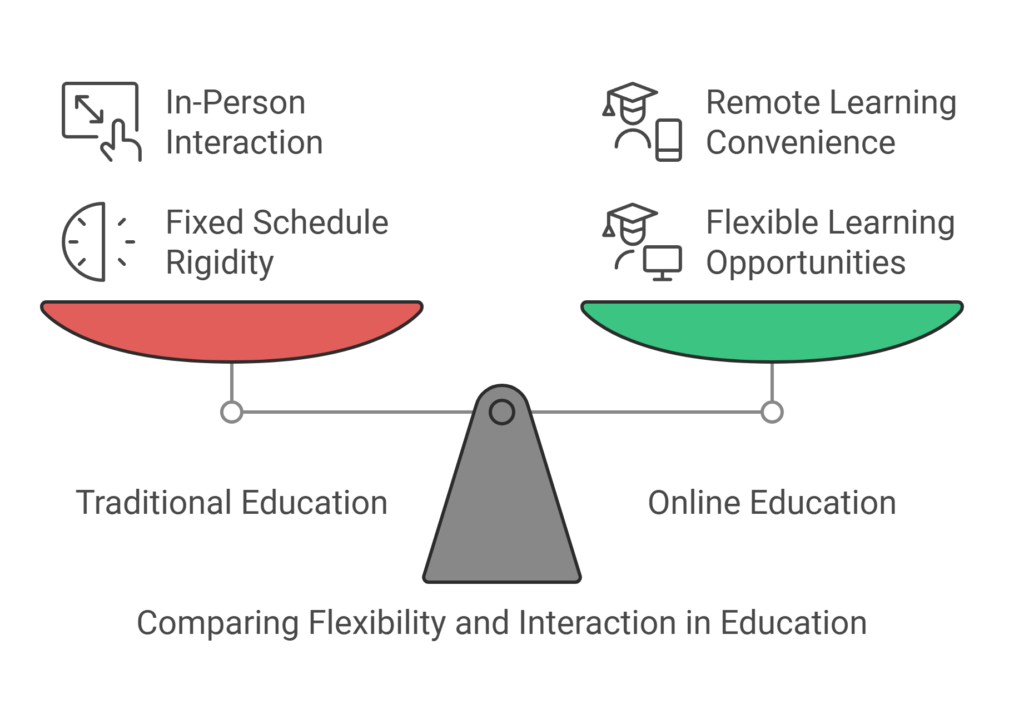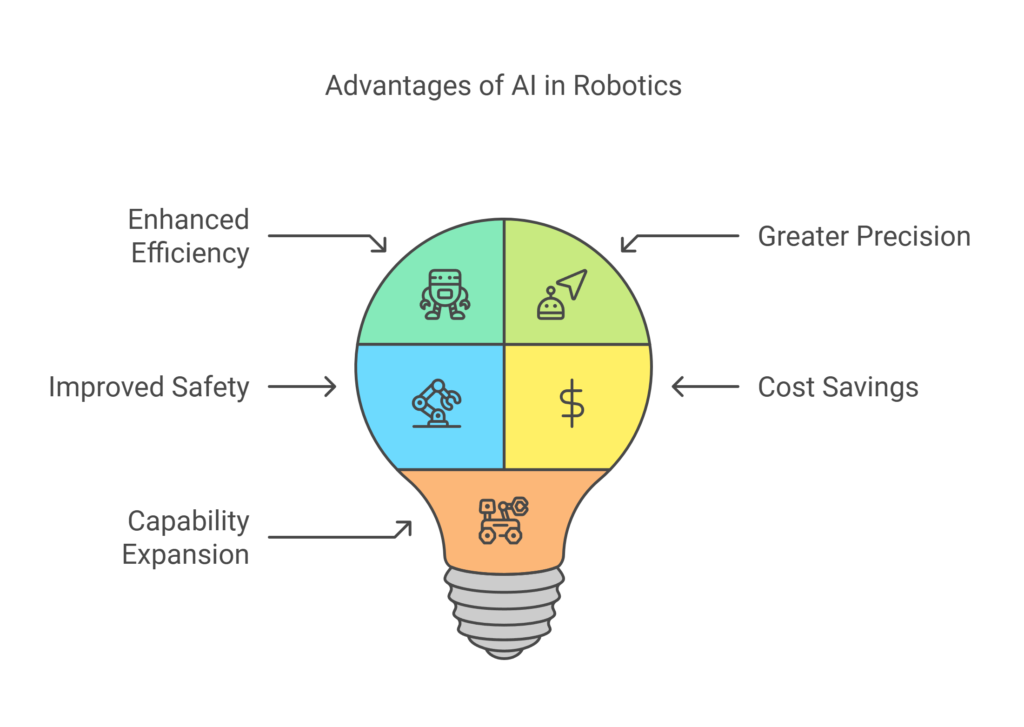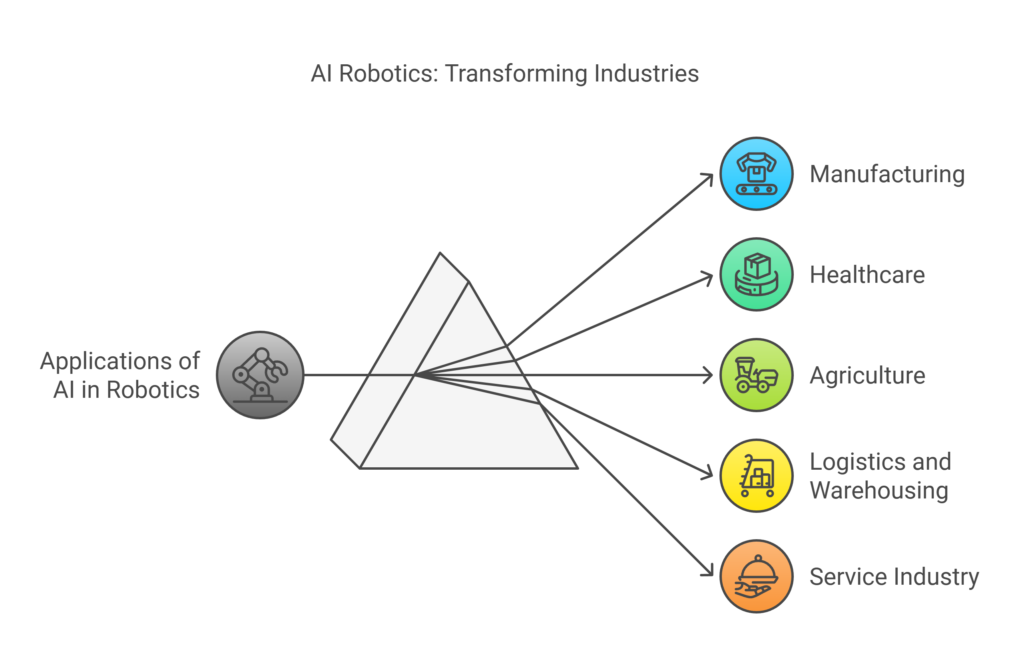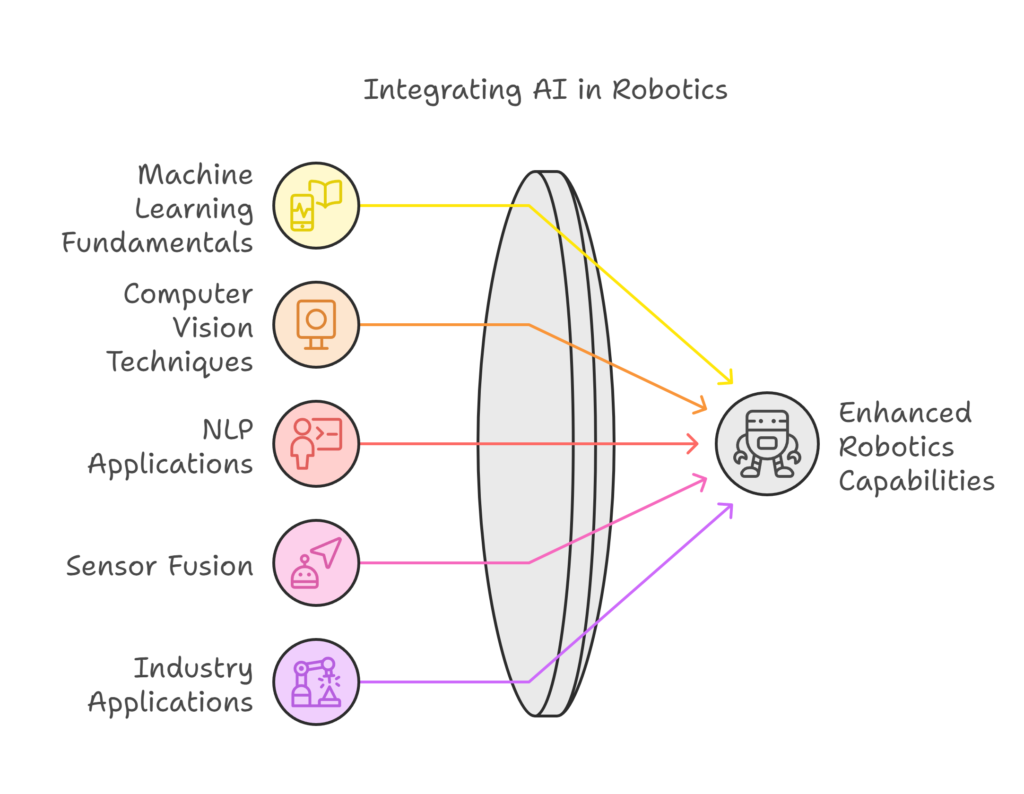Accelerate Your Career with an Online MBA
Introduction
In a rapidly evolving business landscape, staying competitive requires more than just experience; it demands continuous learning and strategic skill development. For working professionals and aspiring leaders, pursuing a Master of Business Administration (MBA) has long been a gateway to career growth. However, the traditional MBA format often requires significant time, financial commitments, and relocation, making it a challenging option for many.
Enter the Online MBA: a flexible, cost-effective, and globally accessible alternative that allows individuals to pursue advanced education without compromising their current professional or personal responsibilities. This article explores how an Online MBA can serve as a powerful catalyst for career acceleration by enhancing your skills, expanding your professional network, and increasing your competitiveness in the job market.
Why Consider an Online MBA?
The demand for Online MBAs has seen a steady rise, driven by the growing acceptance of digital education and the need for professionals to balance their work and learning. Here’s why you should consider this pathway:
1. Flexibility and Convenience
An Online MBA allows you to study on your own terms, whether during your lunch break, after work, or over the weekend. Unlike traditional programs, you can access lectures, assignments, and resources anytime, anywhere, making it an ideal choice for those with demanding schedules.
2. Cost-Effectiveness
Online MBA programs are often more affordable than their on-campus counterparts. Without expenses for relocation, campus facilities, or commuting, the total cost of attendance is significantly reduced. Some institutions even offer financial aid or scholarships specifically for online learners.
3. Global Accessibility
Online MBAs transcend geographical barriers, connecting you with a diverse cohort of students and faculty from around the world. This exposure not only enriches your learning experience but also broadens your global perspective—an invaluable asset in today’s interconnected business environment.
4. Career Advancement Without Disruption
Unlike traditional programs that require you to take a career break, an Online MBA allows you to continue working while pursuing your degree. This enables you to immediately apply what you learn to real-world challenges, demonstrating your value to your employer.
Industry Trends Supporting Online MBAs
- Increased Corporate Acceptance: Many employers, including industry giants like Amazon, Google, and McKinsey, have embraced Online MBAs as legitimate qualifications.
- Technological Advancements: Platforms like Coursera, edX, and LinkedIn Learning have normalized online education, building credibility for digital degrees.
- Demand for Lifelong Learning: A survey by GMAC revealed that 78% of employers plan to hire MBA graduates, with many open to candidates from online programs.
Skill Enhancement Through Online MBA
An Online MBA isn’t just a degree—it’s a comprehensive learning experience designed to equip you with cutting-edge skills and insights critical for success in the modern business world.
1. Core Business Competencies
Through an Online MBA, you’ll gain mastery in essential business disciplines such as:
- Finance: Learn to interpret financial statements, manage budgets, and make informed investment decisions.
- Marketing: Understand market dynamics, develop brand strategies, and master customer engagement techniques.
- Operations Management: Optimize workflows, enhance productivity, and manage supply chains effectively.
Institutions like Harvard Business School Online and Kelley School of Business offer practical, case-based learning modules that allow you to apply theoretical concepts to real-world scenarios.
2. Leadership and Strategic Thinking
The ability to lead and think strategically is a hallmark of MBA graduates. Online MBA programs emphasize:
- Leadership Skills: Courses in organizational behavior and team management prepare you to lead diverse teams across various industries.
- Strategic Management: Develop long-term business strategies by analyzing market trends and leveraging data-driven insights.
3. Emerging Technologies
In response to evolving industry needs, many Online MBA curriculums now include modules on:
- Data Analytics: Harness the power of data to make strategic decisions.
- Artificial Intelligence (AI): Understand AI’s role in transforming business operations.
- Sustainability and Ethics: Explore sustainable business practices and ethical leadership.
Networking Benefits of an Online MBA
One of the most underestimated aspects of an Online MBA is its networking potential. Far from being isolated, online programs offer various avenues for meaningful connections:
1. Alumni Networks
Prestigious programs like Wharton’s MBA boast extensive alumni networks that open doors to mentorship, career opportunities, and collaborative projects.
2. Peer Collaboration
With classmates spanning industries, cultures, and geographies, Online MBAs provide a rich environment for idea exchange and professional growth. Group projects, discussion forums, and virtual events foster strong peer relationships.
3. Industry Connections
Top programs regularly host webinars, virtual conferences, and guest lectures featuring industry leaders. These events allow you to gain insider knowledge while expanding your professional circle.
Case Study: Networking in Action
Maria, a mid-career professional from Singapore, used her Online MBA at IE Business School to transition from marketing to a strategic leadership role at a Fortune 500 company. By leveraging the program’s alumni network, she secured an internship that led to her current position.
Boosting Job Market Competitiveness
An MBA remains a gold standard for career advancement, and online programs are no exception. Here’s how an Online MBA can elevate your professional profile:
1. Enhanced Earning Potential
Data from the GMAC Corporate Recruiters Survey indicates that MBA graduates earn significantly higher salaries than their peers without advanced degrees.
2. Diverse Career Paths
An Online MBA opens doors to roles in:
- Senior management.
- Consulting.
- Entrepreneurship.
- Emerging fields like tech and sustainability.
3. Personal Branding
Having an MBA from a recognized institution signals credibility, resilience, and expertise, making you a standout candidate in competitive job markets.
Overcoming Challenges in Online MBAs
While Online MBAs offer numerous advantages, they also come with challenges. Here’s how to navigate them:
1. Time Management
Balancing work, study, and personal life requires discipline. Tools like Trello and Notion can help you organize your schedule effectively.
2. Self-Motivation
Online learning demands a proactive approach. Engage in discussion forums, set achievable goals, and reward yourself for milestones to stay motivated.
3. Networking Limitations
While online formats limit face-to-face interactions, you can compensate by attending virtual events, leveraging LinkedIn, and actively participating in alumni activities.
Future Prospects of Online MBAs
The future of Online MBAs is bright, with trends indicating a growing emphasis on:
- Specialization: Programs offering niche expertise in areas like fintech, healthcare management, and sustainability.
- Integration of AI and Big Data: Preparing graduates for data-driven decision-making.
- Lifelong Learning: Encouraging continuous skill development through modular, stackable courses.
As more institutions adopt online formats and integrate innovative technologies, the value of Online MBAs is poised to increase.
FAQs
Q1: Is an online MBA as respected as a traditional MBA?
Yes, especially if it’s from an accredited institution. Employers increasingly recognize the skills and discipline required to complete an online MBA.
Q2: Can I work while pursuing an online MBA?
Absolutely. Online programs are designed to accommodate working professionals, allowing you to balance your job with studies seamlessly.
Q3: How do I choose the right online MBA program?
Focus on accreditation, curriculum relevance, faculty expertise, and alumni network. Use resources like Find MBA to compare programs.
Conclusion
An Online MBA is not just a degree—it’s a strategic investment in your future. By equipping you with advanced skills, expanding your network, and enhancing your marketability, it paves the way for career growth and personal development. If you’re ready to take your career to new heights, an Online MBA might just be the key to unlocking your full potential.
Call to Action:
Your future starts now. Take the first step toward achieving your career goals with an Online MBA.
















